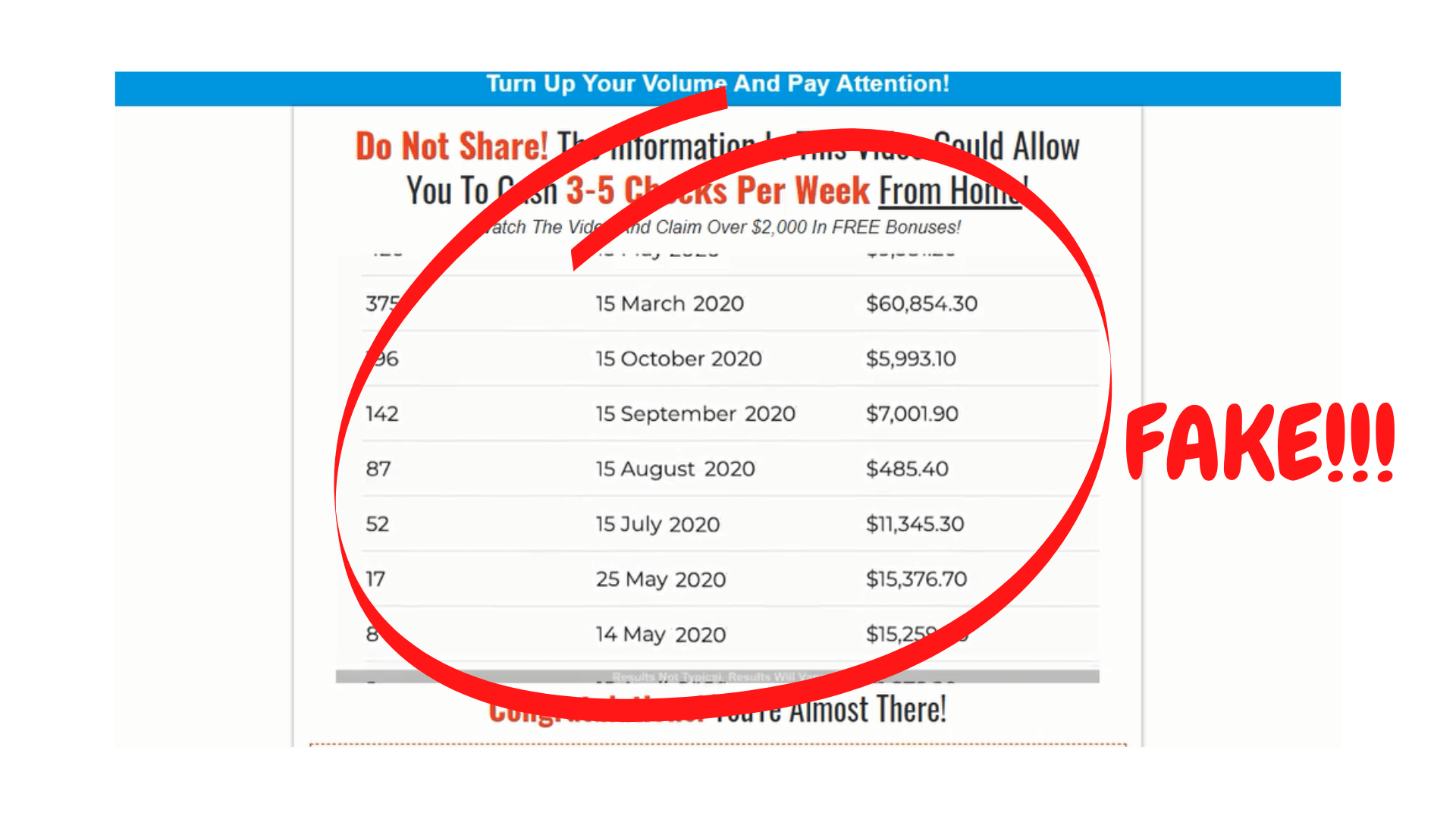


A bibliography of these publications can be found at the end of this document. Since 2003 the Qucs Development Team, and other authors, have published a body of work concerning Qucs and its applications. The second Qucs document, called “Qucs-S-Help”, introduces more advanced simulation and modelling topics. The first of these, simply called “Qucs-Help”, provides introductory information for beginners and indeed any other users, who require help in starting to use Qucs. In future Qucs releases will be accompanied by two or more basic Qucs documents. Hence, however much documentation is written there are always likely be simulation and modelling examples that are missing from the Qucs documentation. Qucs is a large and complex package which is very flexible in the way that it can be used as a circuit design aid. Simulation and the modelling features built into Qucs. One of the most often requested new Qucs features is “better documentation”, especially documentation outlining the use and limitations of the
#Qucs accelerator software
Model development plus a range of compact and behavioural device modelling and post simulation data analysis tools that have become centralįeatures in this open source software package of surprising power and utility. Manipulation, Equation-Defined Device (EDD) modelling, Radio Frequency Equation-Defined Device (RFEDD) simulation and Verilog-A synthesised
#Qucs accelerator code
The recent versions of the software include code for algebraic equation Made to improve the device modelling tools distributed with Qucs. Including for example, transient simulation, device parameter sweep capabilities and single tone Harmonic Balance simulation, making Qucsįunctionality comparable to SPICE at low frequencies and significantly extended at high frequencies. In the years following 2003 the Qucs Development team has added a number of additional simulation facilities, Provided users with a relatively stable, flexible and functional circuit simulation package which is particularly suited to
#Qucs accelerator license
Since it was first release under the General Public License (GPL) in 2003 Qucs has Qucs was originally written as an RF and microwaveĮngineering design tool which provided features not found in SPICE, like S parameter simulation, two and multiport small signal ACĬircuit analysis and RF network synthesis. The project also aims toĪdd additional model development tools to those currently available in Qucs-0.0.18. Version of Qucs while attempting to combine some of the best features of other GPL circuit simulation packages. It addresses a number of problems observed with the current Also I forgot to write the voltages of the nodes 1, 2, 3 and 4.Following the release of Qucs-0.0.18 in August 2014 the Qucs Development Team considered in detail a number of possible directions thatįuture versions of the software could take. The node numbered 3 should be where the node number 4 is and vice-versa. It is my fault to maybe have created confusion because there is a mistake in the circuits schematics. Doing that, I found that the total power of all sources is -38.88 W so the problem is solved.Īlso I must apologize to you. When I calculated the power of the sources I didn't take into account the direction of the current relative to the polarity of the source. Is it possible that your values for the currents correspond to a slightly different circuit somehow? Are all the sources in their specified orientations with their specified values?įor the record, the currents that I calculated which correspond to those you've indicated on your diagram: Thinking that I might have mucked up the math somewhere, I threw the circuit at a spice simulator. I'm not getting the current values that you've given. I thought I'd analyze the given circuit myself to confirm the current and voltage values. Should both current sources be sinking power instead of supplying it? It looks like you have one of them doing that, but not both. P(J8) = (V4 - 0)*J8 = 2.720 * (-1) = -2.720 WĪs you can see the power consumed doesn't equal the power produced. I think they are correct because they perfectly matched the results of a QUCS simulation of the circuit. I have found all the currents and voltages with the Kirchoff's laws.


 0 kommentar(er)
0 kommentar(er)
